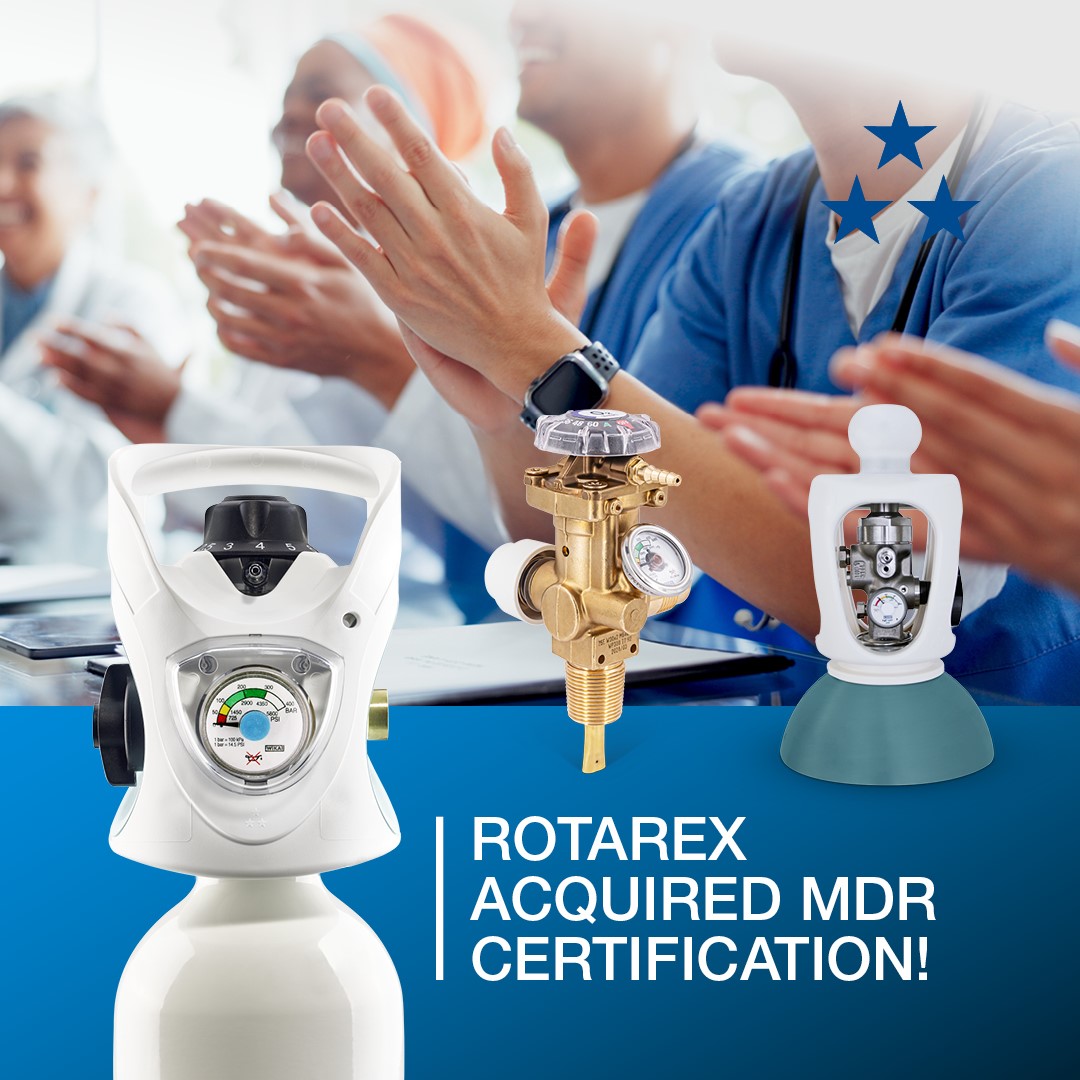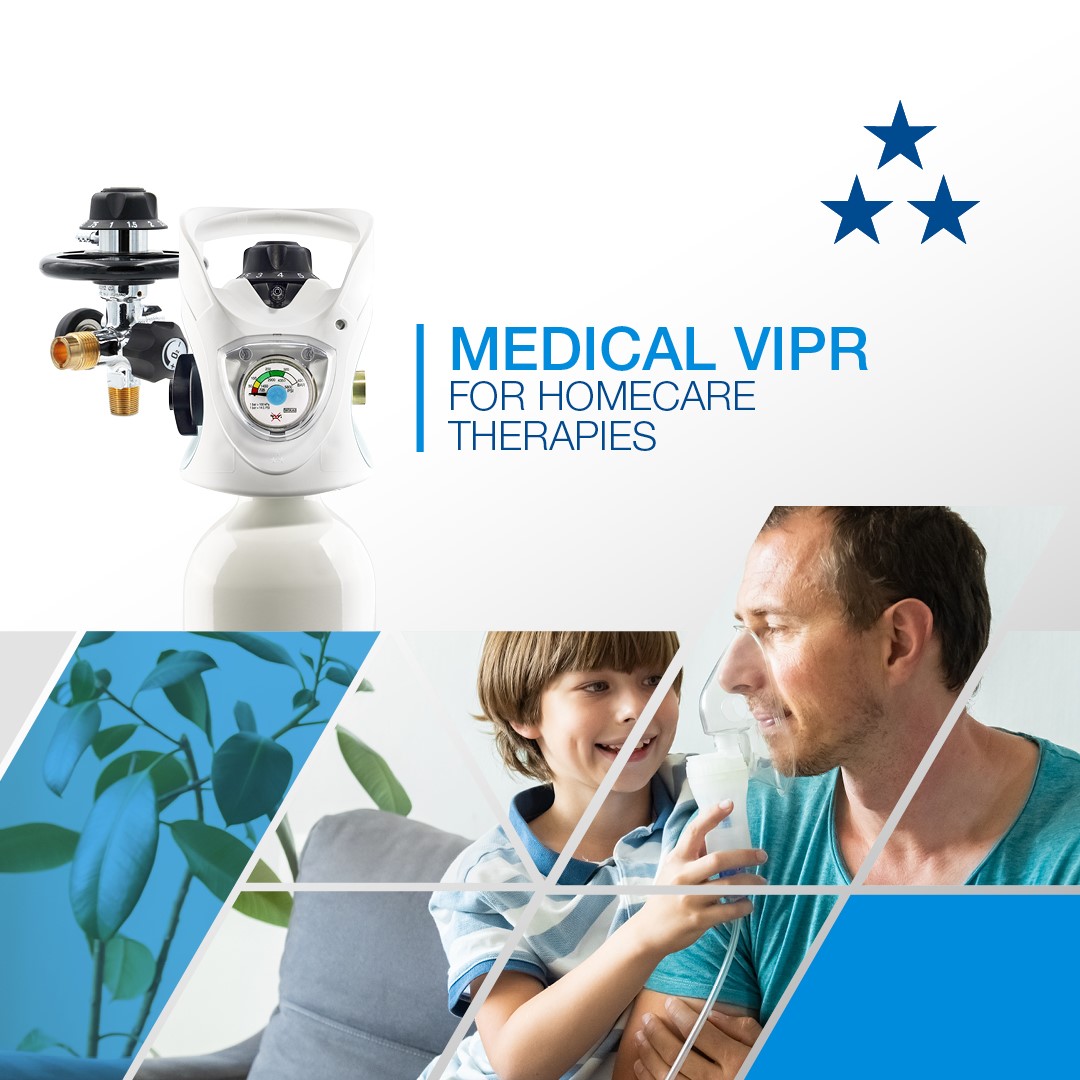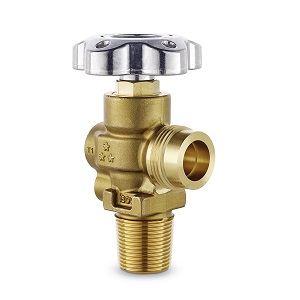Pin Index Safety Systems for Medical Gas Cylinders
Pin Index Safety Systems (PISS), commonly called pin index medical valves, are essential safety systems for the safe use of medical gases in hospitals and clinics. They are most often used with medical gas cylinders, including oxygen cylinders, nitrous oxide, air, carbon dioxide, and mixtures such as Heliox. The system uses a mechanical logic of pins and holes to prevent incorrect connection between a pressure regulator and a cylinder valve outlet, ensuring patient safety in all clinical situations.
Each pin index safety system has a unique configuration of pins (or pin configuration) that matches only one gas-specific regulator. This means an oxygen device cannot connect to a CO2 valve, preventing wrong gas delivery and associated safety errors. To ensure a gas-tight seal, the design incorporates a bodok seal, yoke connector, and pin index yoke.

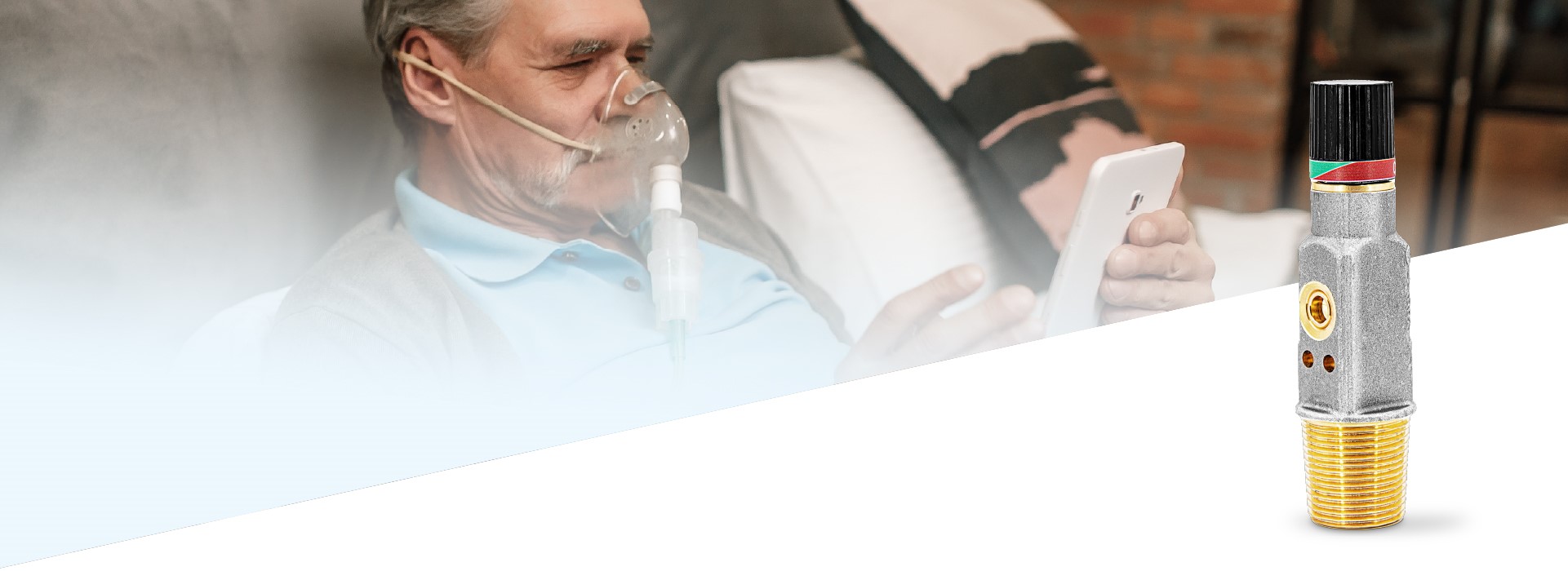
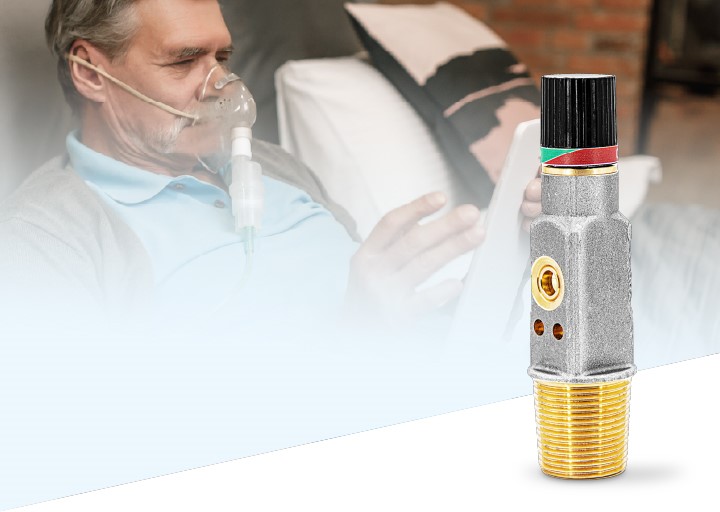
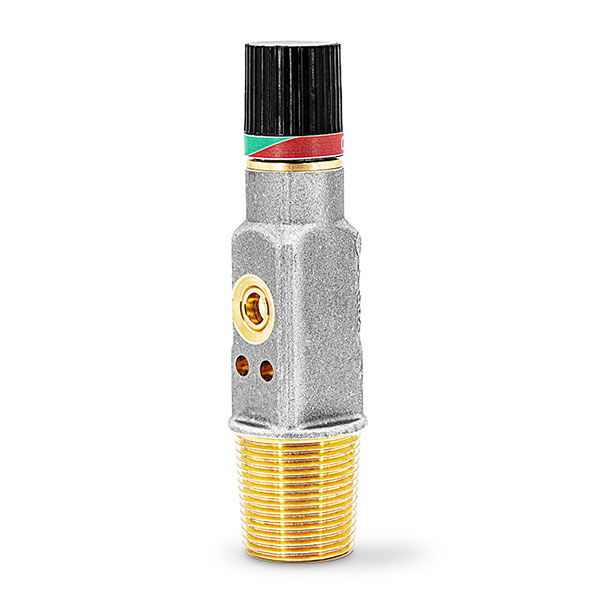

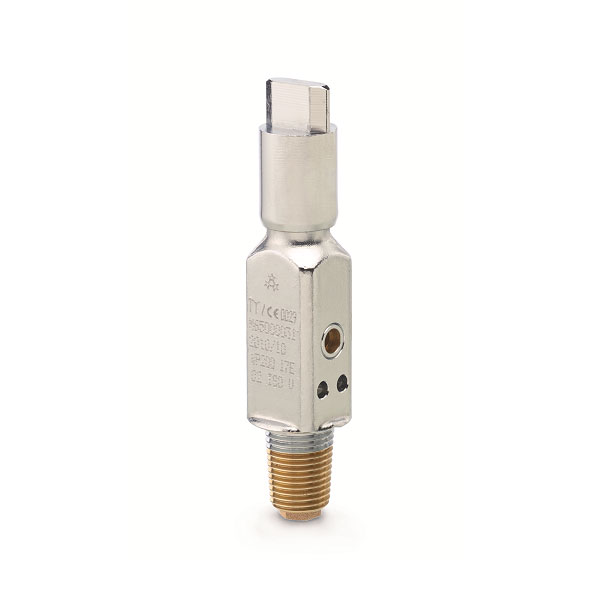
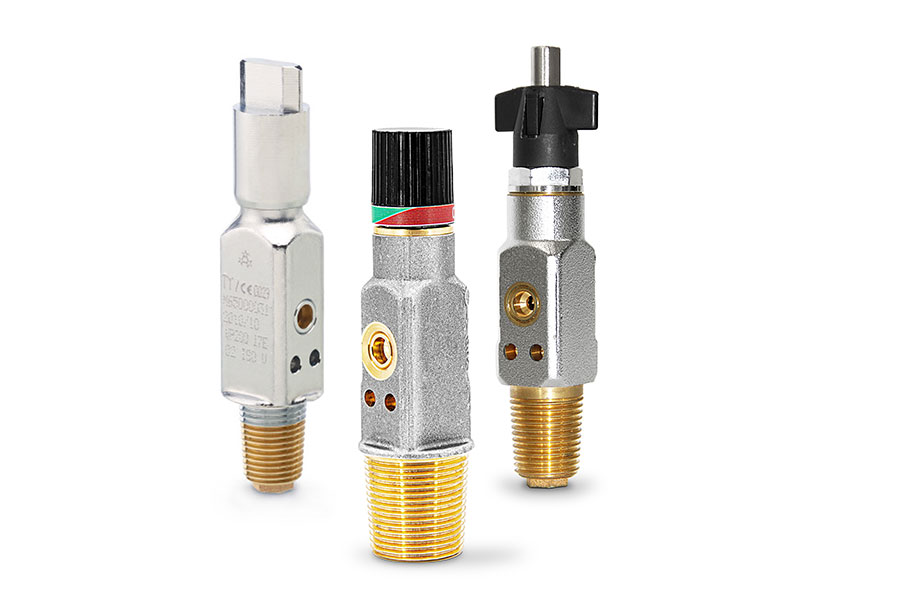
.jpg)
.jpg)
.jpg)




